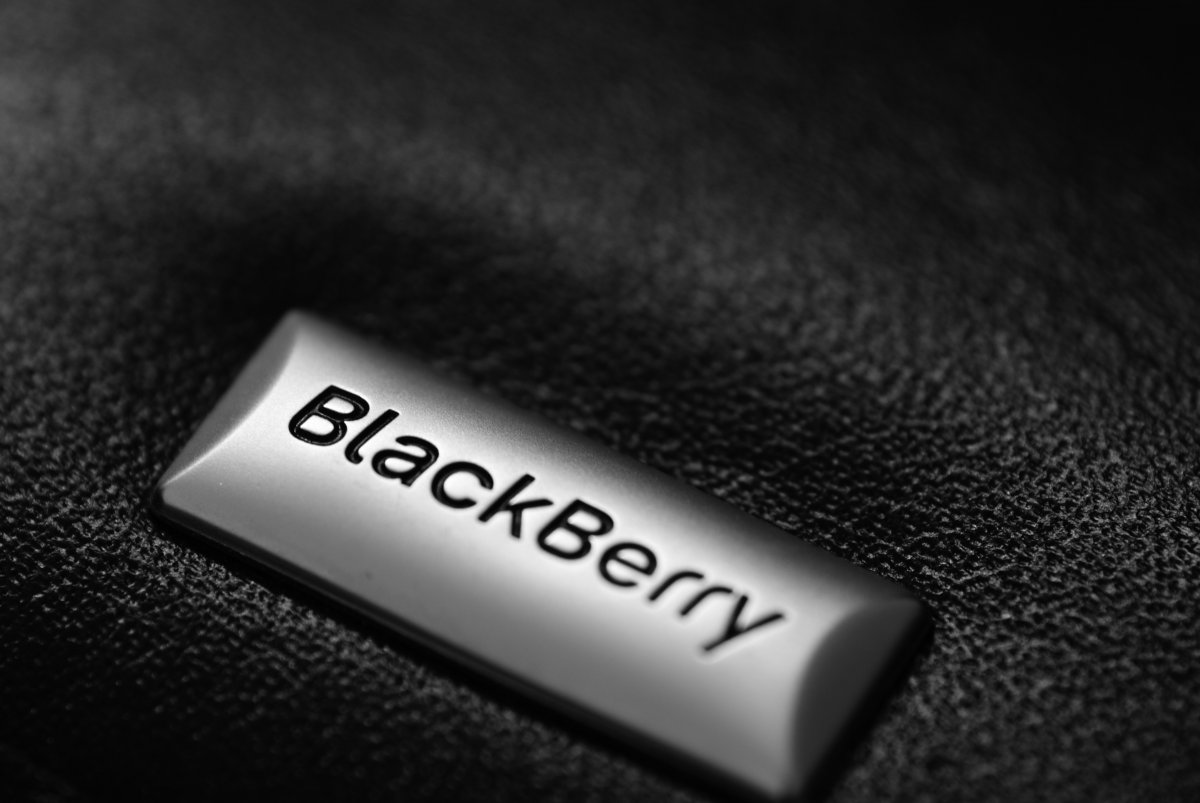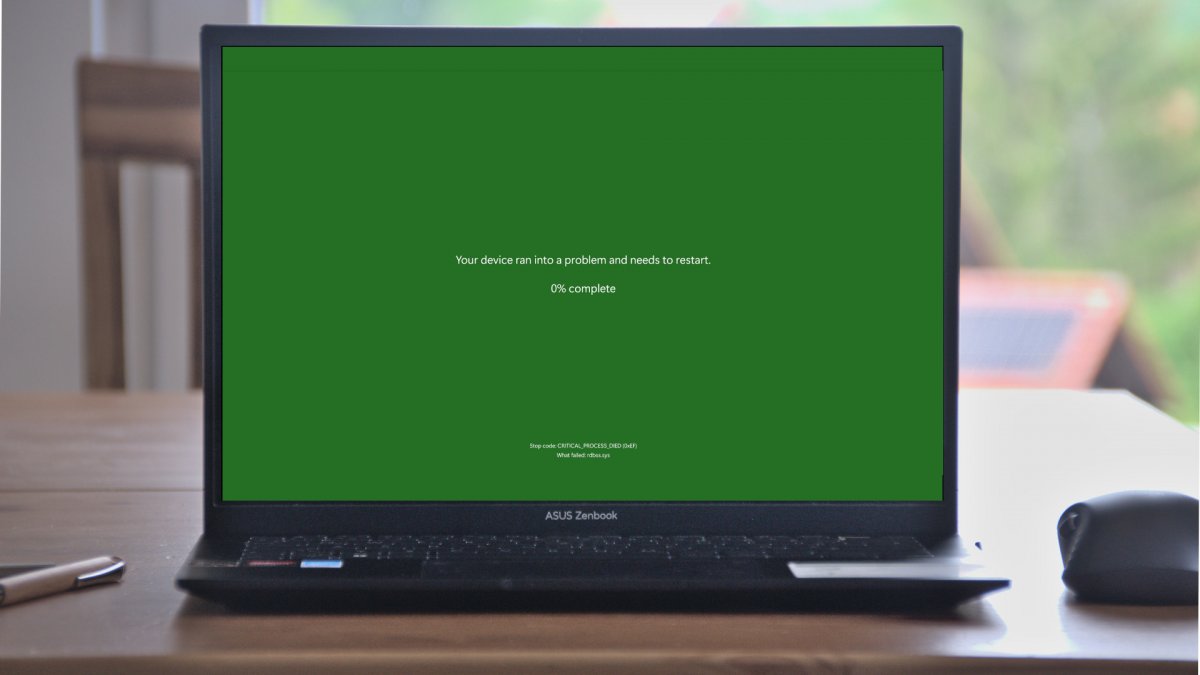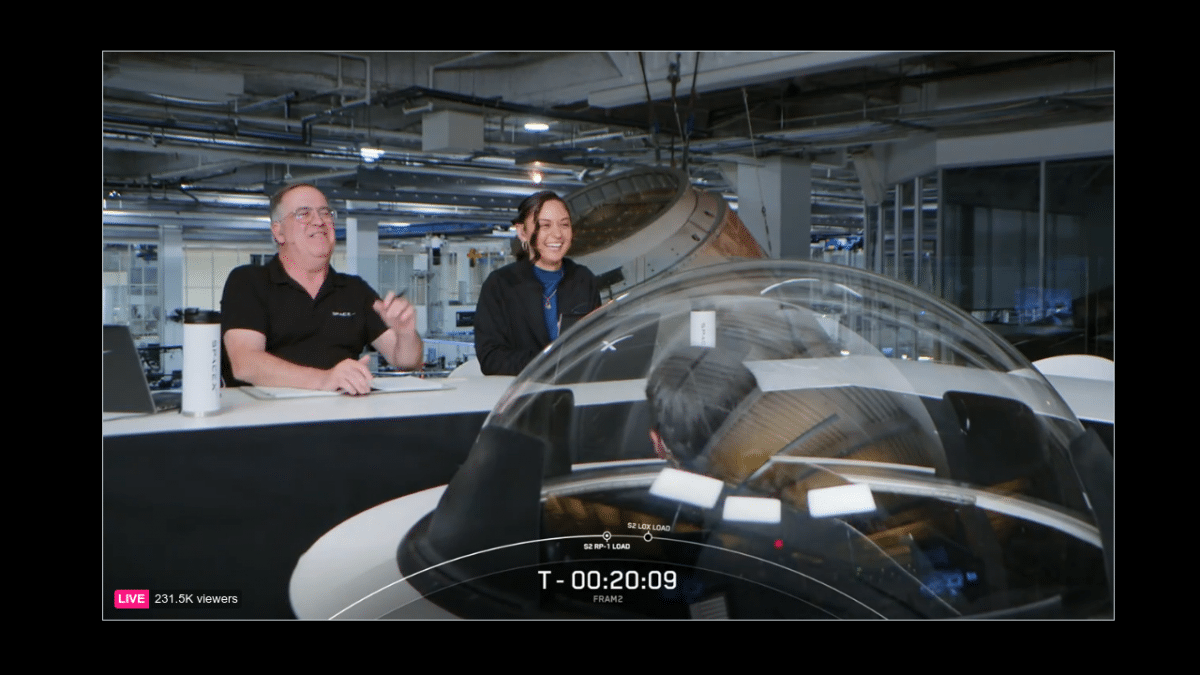Transparent wood: researchers test new recipe with foodstuffs | heise online
The promise of transparent wood as a replacement for glass or plastic sounds tempting. The first prototypes already exist. Now researchers are presenting an almost transparent wood that is also supposed to be biodegradable. But that sounds more natural than it is. This wood has neither grain nor knotholes because it is almost transparent. It still looks a little cloudy, but the writing underneath is perfectly legible.
A team led by Bharat Baruah, an amateur carpenter and chemistry professor at Kennesaw State University in the US state of Georgia, recently presented the material at the spring conference of the American Chemical Society in San Diego. Unlike plastics and previous transparent wood, it is said to be biodegradable. According to the researchers, the material is suitable as a particularly heat-insulating glass alternative and can also be fitted with silver wires for electronic applications.
This is not the first prototype made of transparent wood. Successes from the laboratory can be read about from time to time. Back in 2021, wood researchers led by Liangbing Hu from the University of Maryland in College Park developed a process to transform thin wood panels into a transparent material.
However, transparent wood has little in common with a natural product. This is mainly due to the manufacturing process. First, hemicellulose and lignin are extracted, which gives the wood its brown color and stability. What remains is a porous, paper-like cellulose network, which is usually filled with a plastic-like, colorless epoxy resin. A hardener ensures that the substance cross-links to form a stable mass.
Baruah reports that it bothered him that these epoxy resins are not biodegradable. He had a bachelor student test an ecological alternative made from rice extract and egg white. He came up with this idea because the houses in his home region of India used to be built with sand, sticky rice and egg white instead of cement, says the researcher.
The result is a semi-transparent wood that insulates better than glass. According to Baruah, a bird house made of the material, which was illuminated from the outside with a heat lamp, remained several degrees colder than a glass object for comparison. His group was also able to incorporate silver wires into the material, meaning that it could also be suitable for electrical applications, such as in solar cells or sensors.
However, even this transparent wood cannot do without the chemical-intensive removal of lignin and an environmentally harmful cross-linking agent, so that rice extract and protein can be incorporated into the basic wood structure to strengthen it. However, the researchers believe that the quantities of the hardener diethylenetriamine in the wood are so small that they do not cause any problems. Baruah does not disagree with the criticism that valuable foodstuffs are needed for production. "This is our first experiment with natural materials. We plan to produce more of this kind," says the researcher.
"There is currently no ideal transparent wood from a sustainability point of view," says Peter Meinlschmidt from the Fraunhofer Institute for Wood Research WKI in Braunschweig. “There is always a lot of chemistry involved, and the issue of biodegradability has not yet been resolved.” Efforts are being made to produce conventional epoxy resins from renewable raw materials instead of fossil fuels and to recycle epoxy resins from composite materials, for example in old rotor blades. He is currently working on this together with a team from the Fraunhofer Institute for Wind Energy Systems (IWES) in Bremerhaven, says the researcher. “But at best, this only works for the basic component of an epoxy resin. So far, there are no alternatives for the cross-linking agents, which are particularly harmful to the environment."
Window glass is therefore unlikely to be replaced by wood any time soon. Even though glass production consumes a lot of energy, it is not ecologically problematic. Researcher Meinlschmidt says that when comparing it with transparent plastics, you have to check which option is more advantageous in each individual case.












